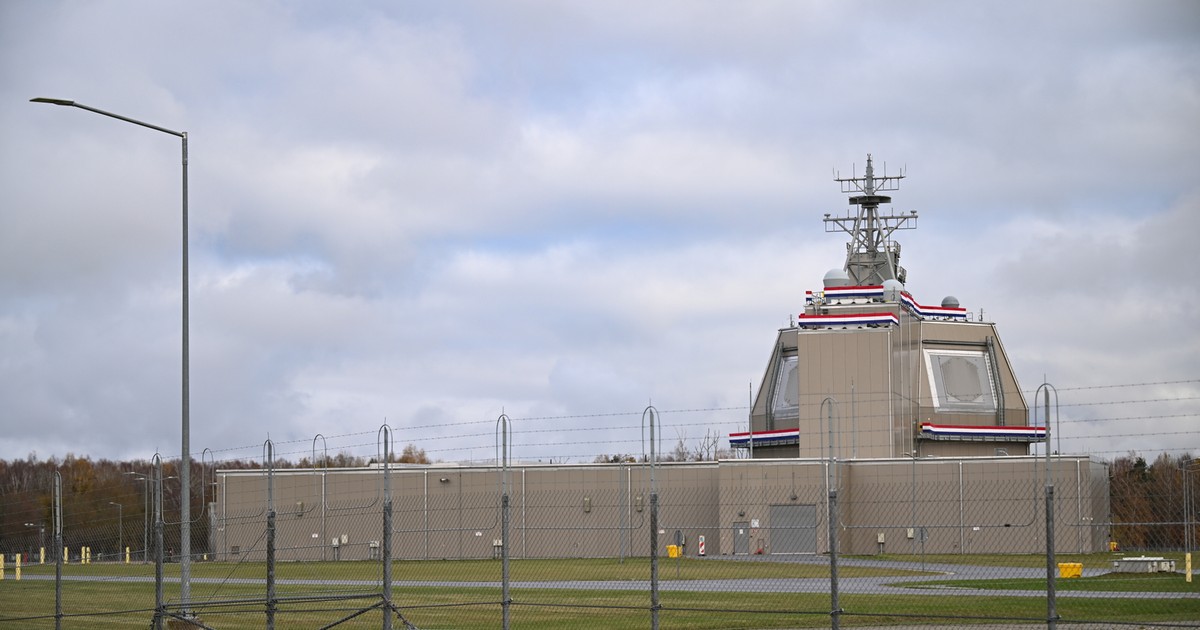
A Jumbo with Jet Speed? You Bet! Think elephants can’t dance? Think again! The mammoth Airbus A380, despite being large enough to make airport terminals feel claustrophobic, zooms through the skies at nearly Mach 0.9 with surprising agility!
This gentle giant may have stopped rolling off production lines in 2021, but it still earns its place among one of the world’s speediest passenger aircraft—proving that sometimes the biggest kid on the playground can also be the fastest runner. Who said size and speed can’t go hand in hand? Not Airbus!
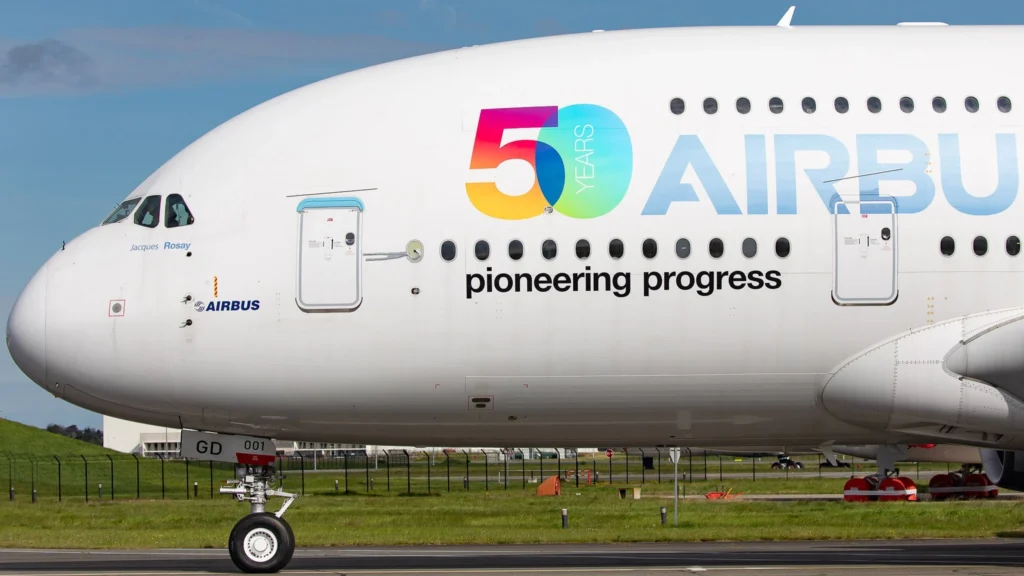 Photo: Clément Alloing
Photo: Clément AlloingA380: Fastest Airbus Plane
Four years after ending its 18-year production run that delivered 254 aircraft, the A380 remains among the top ten fastest passenger aircraft globally, according to Science Focus’s December 2024 rankings.
This massive aircraft can transport up to 853 passengers at maximum capacity and was originally designed for the hub-and-spoke airline model.
However, the rise of low-cost carriers operating more efficient point-to-point routes, combined with the devastating impact of COVID-19 on air travel, ultimately convinced Airbus to cease A380 production. Remarkably, the fastest Airbus aircraft ever produced is also the largest commercial aircraft in the world, as per Simple Flying.
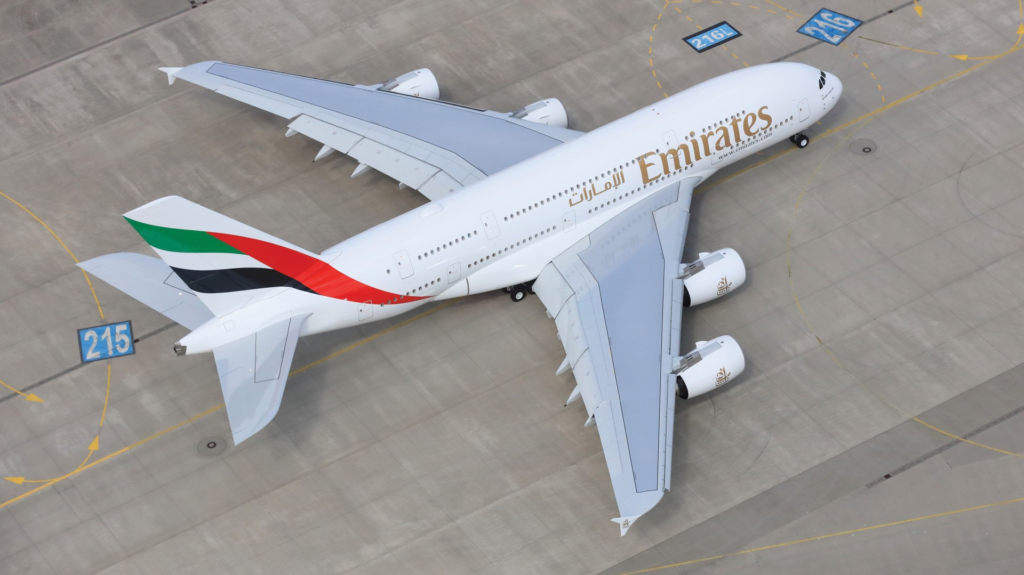 Photo: Emirates
Photo: EmiratesTechnical Specifications
Dimensions:
- Wingspan: 261.8 feet (79.8 meters)
- Length: 238.5 feet (72.7 meters)
- Height: 79.1 feet (24.1 meters)
- Cabin Width: Main Deck: 21 feet 7 inches / 6.58 meters, Upper Deck: 19 feet 5 inches / 5.92 meters
Capacity:
- Typical Seating: 525 passengers
- Maximum Certified Capacity: 853 passengers
Engines:
- Engine Type: Engine Alliance GP7200 or Rolls-Royce Trent 900 turbofans
- Thrust: 70,000 pounds
Performance:
- Cruising Speed: Up to 587 mph (945 kph, Mach 0.89)
- Maximum Range: 8,000 nautical miles (14,800 km; 9,200 mi)
- Service Ceiling: 43,100 feet
- Cruising Altitude: 43,100 feet
Other Notable Features:
- Double-Deck Design: The A380 is the first full-length, double-decked airliner.
- Fuel Capacity: 11 fuel tanks with a capacity of 250 metric tons (320,000 liters)
- Fuel Efficiency: The A380 has a fuel rate consumption of less than 3 L/100 km per passenger (78 passenger miles per US gallon)
- Noise Levels: The A380 is known for its low noise levels.
- Emissions: The A380 has reduced CO2 and NOx emissions.
- Number of Windows: 220
- Number of Doors: 16
- Weight: Maximum Take-off Weight (MTOW) of 570 tonnes
- Fuel Management System: A Sophisticated fuel management system handles fueling and defueling operations on the ground, as well as fuel flow to engines and between tanks while airborne.
Speed
The exact top speed of the A380 varies slightly depending on the source:
- Air Charter Service USA reports a speed of Mach 0.83, equivalent to 551 knots or 1020 km/h
- Science Focus cites a maximum speed of Mach 0.89, translating to 593 knots or 1098 km/h
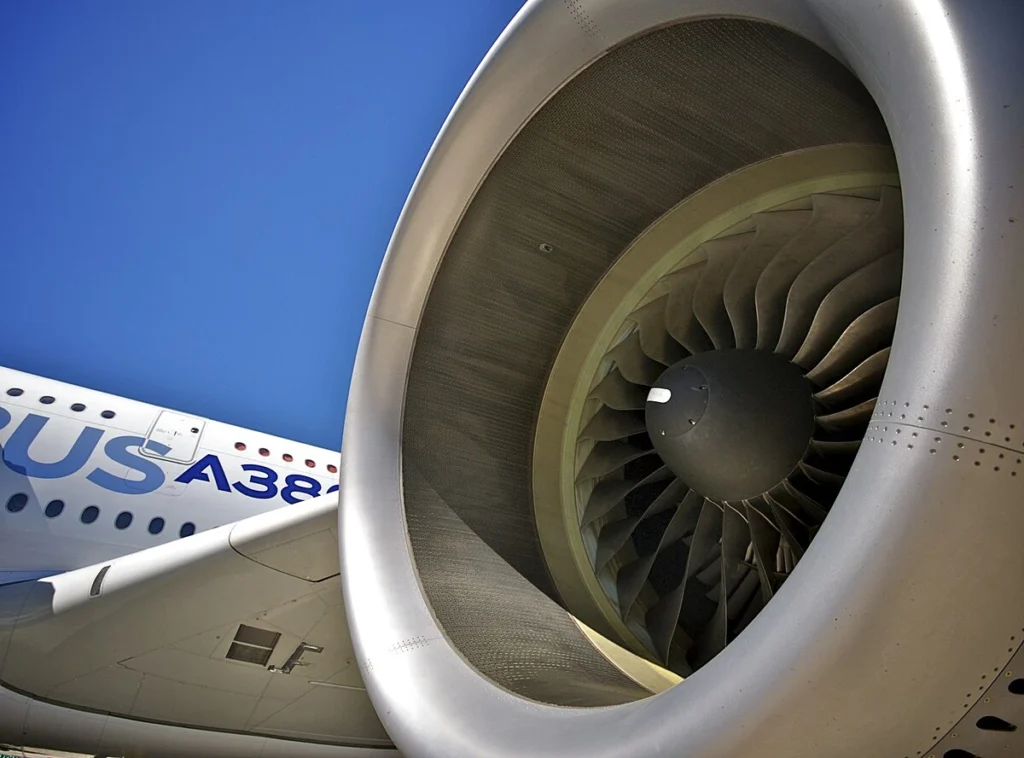 Photo- Roger Schultz: Wikimedia Commons
Photo- Roger Schultz: Wikimedia CommonsEngines
The A380’s impressive velocity stems from its engine options. When first delivered to Singapore Airlines (SQ) in October 2007, the aircraft was certified to use Rolls-Royce Trent 900 engines.
By December 2007, it received additional certification for Engine Alliance GP7000 engines, developed through a partnership between General Electric and Pratt & Whitney.
The Trent engines provide greater maximum thrust during takeoff, resulting in superior runway performance. However, these engines haven’t been without issues.
In November 2010, Qantas (QF) Flight 032 experienced an uncontained engine failure that forced an emergency landing. Though no injuries occurred, Qantas (QF) temporarily grounded its entire A380 fleet until investigators identified the cause.
Rolls-Royce’s investigation revealed a defective oil supply pipe had leaked, causing an engine fire and subsequent failure. This issue affected only A380s equipped with Trent 900 engines. Fleet repairs cost $145 million, with Rolls-Royce ordering engine replacements for approximately half of Qantas’s A380 fleet.
 Photo: Cado Photo
Photo: Cado PhotoSafety Record
Despite isolated engine incidents, the A380 maintains an excellent safety record. As of 2021, A380s have completed over 800,000 flights and accumulated more than 7.3 million flight hours without fatalities or hull losses.
Another notable incident occurred when Air France (AF) Flight 066, equipped with GP7000 engines, made an emergency landing after experiencing a similar engine failure.
Investigations identified a metallurgic defect as the cause of an engine fire and subsequent failure, but authorities did not mandate widespread changes to the A380 fleet.
 Photo- 74777; GoodFon.com
Photo- 74777; GoodFon.comCurrent A380 Operations
Of the 254 A380s manufactured, 189 aircraft remained in service with 10 global operators as of April 2024, having transported over 300 million passengers.
Emirates (EK) leads as the largest operator with 91 planes in active service and 25 in storage.
ALSO READ:
Emirates Revives Oldest Airbus A380 in the World
Other airlines currently operating the A380 include:
- All Nippon Airways (NH)
- Asiana Airlines (OZ)
- British Airways (BA)
- Etihad Airways (EY)
- Korean Air (KE)
- Lufthansa (LH)
- Qantas (QF)
- Qatar Airways (QR)
- Singapore Airlines (SQ)
A380’s Development
The A380’s development wasn’t without challenges. Production delays stretched to two years due to electrical wiring problems, pushing development costs to an estimated $25 billion. Though Airbus never recouped these costs before ending production, the company still considers the program successful.
Airbus has pledged ongoing support for operational A380s and continues to introduce improvements for the in-service fleet. The manufacturer expects these aircraft to remain in commercial use for decades.
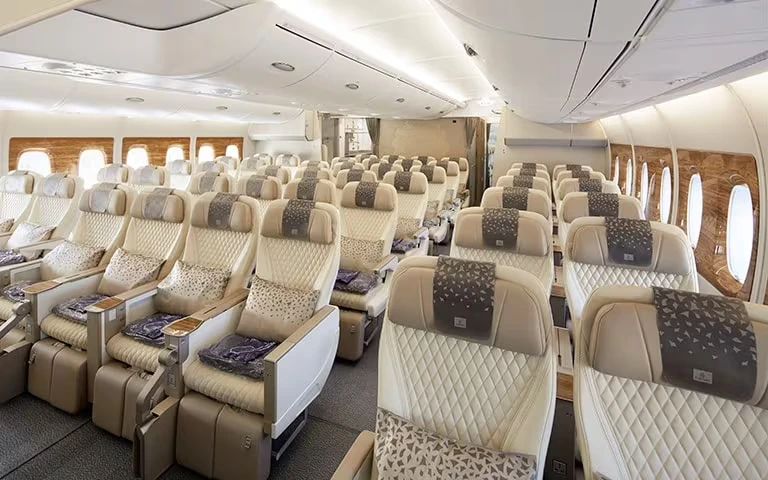 Photo- Emirates
Photo- EmiratesPassenger Experience
The A380’s spacious interior offers unique opportunities for luxury travel. The standard configuration features a three-class setup accommodating 555 passengers, though airlines have increasingly expanded premium seating sections to cater to high-end travelers.
Emirates (EK) showcases the A380’s luxury potential with first-class window seats on the upper deck that convert into lie-flat beds. First-class passengers also enjoy access to shower spas and an onboard lounge. These amenities, part of recent renovations mentioned in Airbus’s 2021 fact sheet, demonstrate the aircraft’s unique capacity for luxury travel.
As premium travel grows within the aviation industry, the A380’s spacious cabin may help it gain renewed popularity in the coming years.
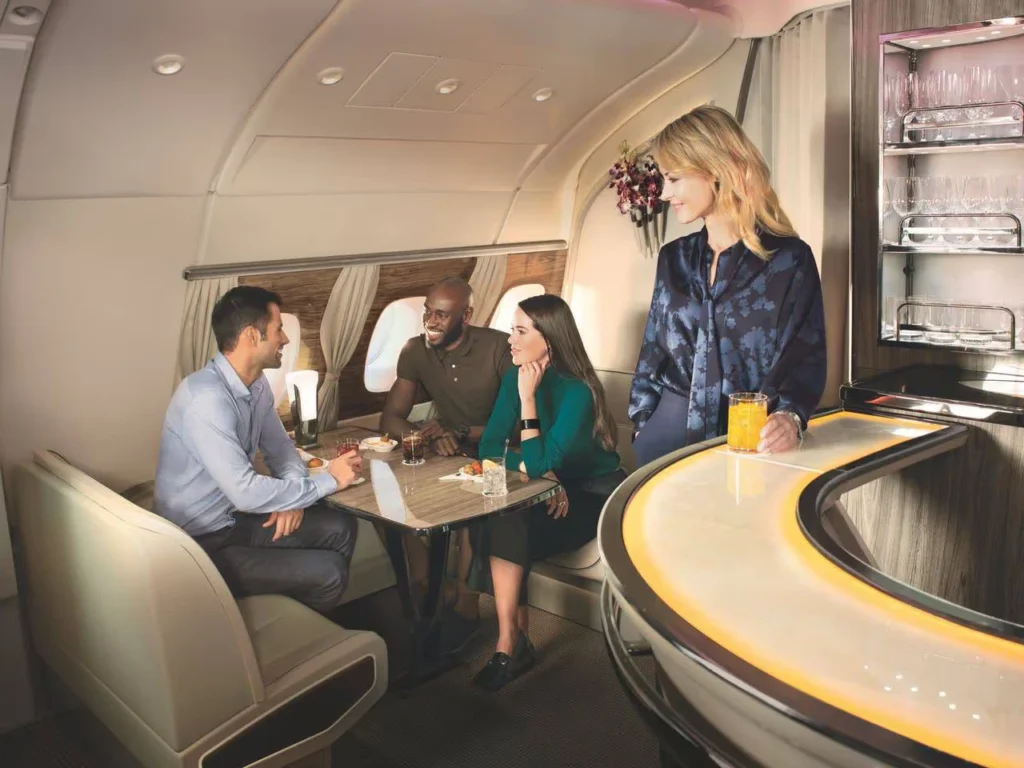 Photo- Emirates
Photo- EmiratesBottom Line
Like a retired sprinter who still holds records, the A380 continues to impress aviation enthusiasts worldwide. While production has ended, this speed demon disguised as a gentle giant will grace our skies for decades to come, proving that sometimes the biggest bird can also be among the fastest.
Who would have thought that an aircraft large enough to accommodate shower spas could zoom through the clouds faster than many of its smaller siblings? The A380 defies expectations by combining massive size with impressive speed, maintaining its crown as the fastest Airbus in commercial service.
As passengers continue to enjoy its spacious cabins and airlines benefit from its unique capabilities on high-density routes, this supersized speedster shows that sometimes, bigger is better—especially when it comes to the ability to cruise at nearly Mach 0.9!
Featured Image by Clément Alloing | Flickr
Stay tuned with us. Further, follow us on social media for the latest updates.
Join us on Telegram Group for the Latest Aviation Updates. Subsequently, follow us on Google News
Fastest Boeing Plane and its Not 777 or 787
The post Fastest Airbus Plane in the World and its Not A350 or A320 appeared first on Aviation A2Z.










![LIPNICA MUROWANA. Wiemy, ile ma najwyższa palma zgłoszona w tym roku do konkursu! [ZDJĘCIA, WIDEO]](https://bochniazbliska.pl/wp-content/uploads/2025/04/DSC_0939_wynik.jpg)




